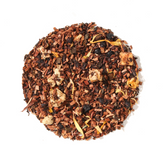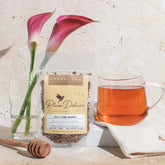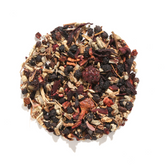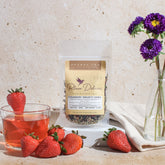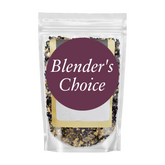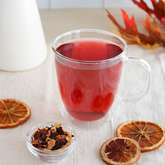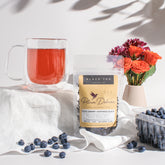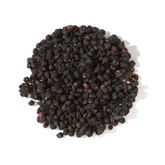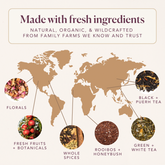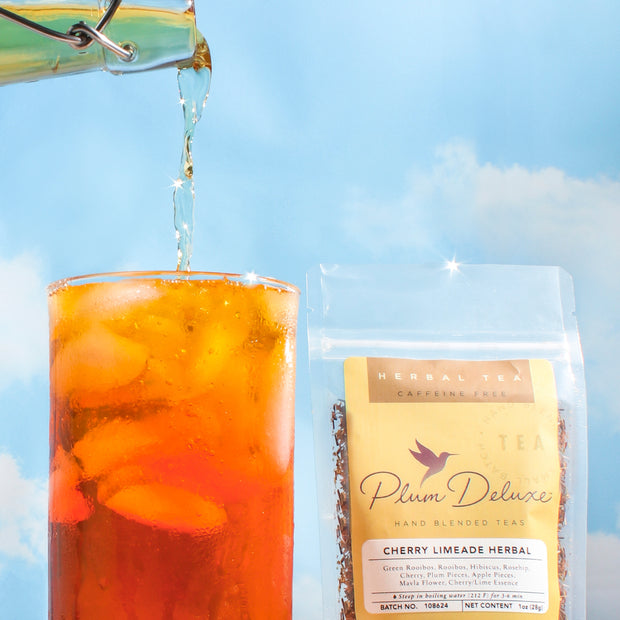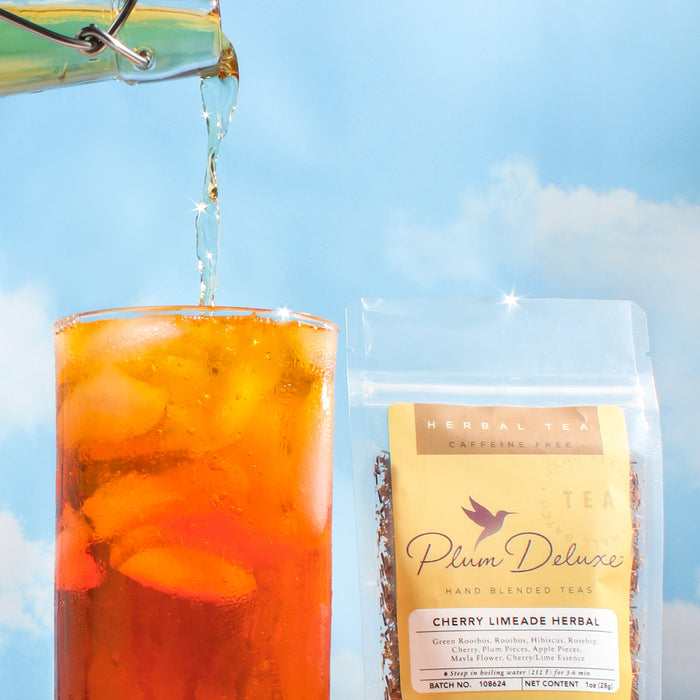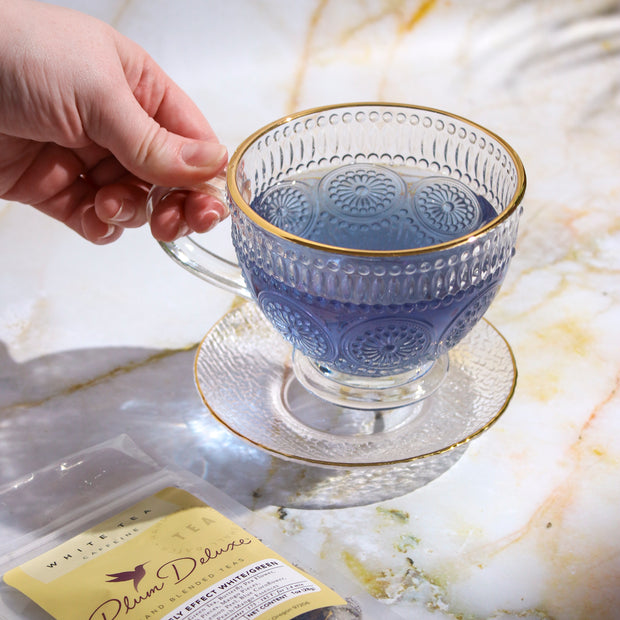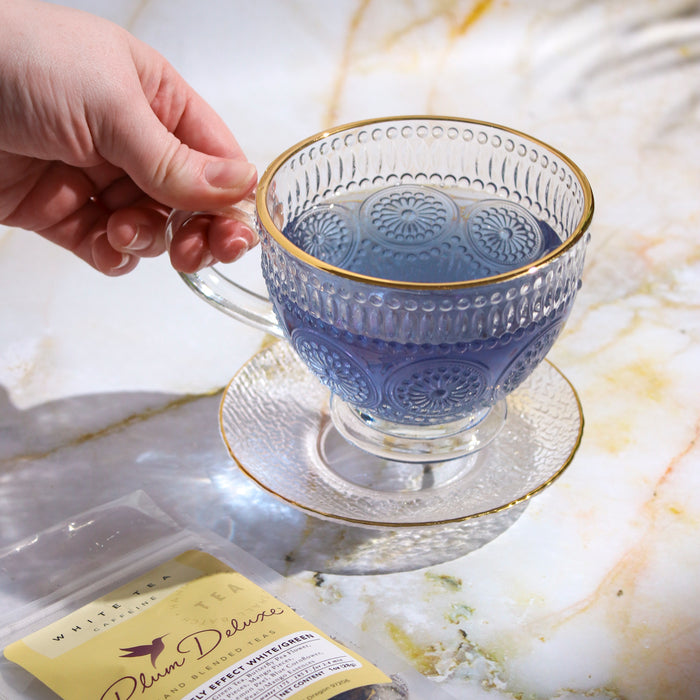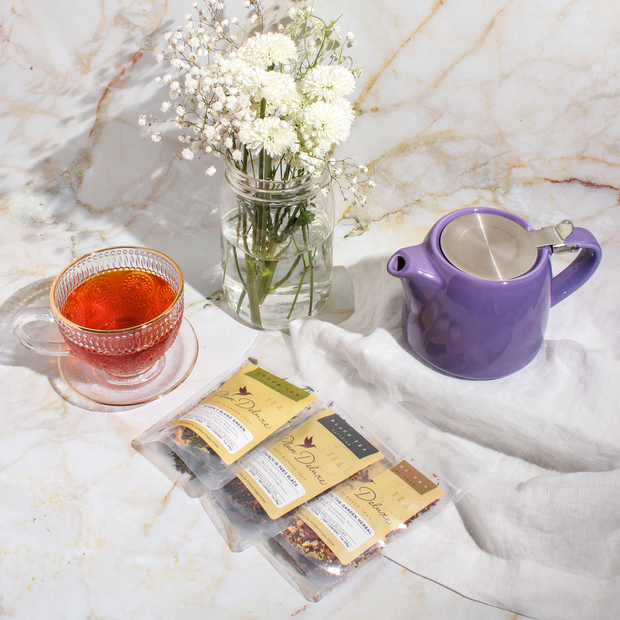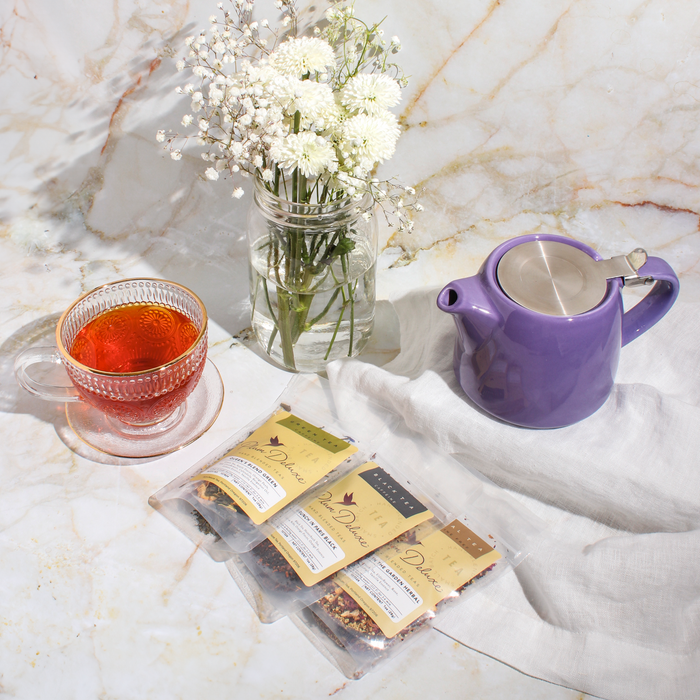Ceylon is a type of tea that hails from the island of Sri Lanka (pronounced shree-lahn-kah). If you enjoy learning about new places, you’ll love learning about this very special tea and what Ceylon tea tastes like.

Tea from the Islands
Sri Lanka is an island located in the Indian Ocean off the southeastern tip of India. Its climate can be described as tropical and quite hot, with temperatures remaining in the 80s (Fahrenheit) most of the year.
Prior to gaining its independence in 1972, Sri Lanka was known by the name Ceylon. In the early 1930s, its tea trade developed into a worldwide enterprise so successful that Ceylon was nearly synonymous with the word “tea.” When the country changed its name in the early 1970s, they fought to continue marketing their tea with the name Ceylon, to protect their hard-earned global brand.
All tea is made from a plant called Camellia sinensis, including Ceylon tea. The method by which the leaves are processed determines their final variety, such as black, green, or white tea. Ceylon has its own tea cultivars that, together with terroir (the complexity of the environment) and processing methods, impart the unique flavors that set it apart from other teas.

Flavor by Region
We can get clues of what Ceylon tea tastes like by looking at the elevation of the region in which it was grown. Each unique region produces its own nuanced flavors, some of which are citrus, rich chocolate, or warm spices.
Ceylon tea regions are usually divided into three groups: low-grown, mid-grown, and high-grown.
Low-grown teas (below 2000 feet) make up half of Ceylon tea. These regions produce black teas with full flavor, hues of brisk orange citrus, and notes of honey, chocolate, and caramel. Most of the teas grown in these regions are processed as orange pekoes and flowery orange pekoes.
Mid-grown tea regions can be found between 2,000 and 4,000 feet. Their flavors may vary depending on their exposure to the monsoon winds. Teas from these regions can be full-bodied and malty.
High-grown tea (above 4,000 feet) presents a delicate, floral fragrance and light, brisk flavor. The high elevation teas are exceptional candidates to serve iced or with a fresh slice of lemon.

What Does Ceylon Tea Taste Like?
So, what does Ceylon tea taste like?
A classic example of Ceylon black tea is bold flavor with medium tannins. Tannins are that quality in tea that makes your tongue feel a bit dry after you sip it.
For example, Royale Ceylon black tea is a rich and exhilarating brew of Ceylon Flowery Broken Orange Pekoe (FBOP) black tea, carefully sourced from a southern Sri Lanka family-owned estate. With hints of spicy sweetness and vanilla, this full-bodied and robust black tea is delightful hot or iced, with or without milk.
You may already know what Ceylon tea tastes like if you are a fan of breakfast blends. A breakfast blend tea is a blend of black teas from different growing regions selected to give the boldest flavor and highest amount of caffeine. Irish breakfast tea has a higher Ceylon content. This helpful article talks more about breakfast blend teas.
The Fog Cutter Irish Breakfast Tea is a bold black tea that will help clear your emotional and mental clutter and help you focus on reaching your goals and pursuing your dreams. It has all the big-name black teas—Ceylon, Darjeeling, African, and Assam—and a hint of lemon peel to compliment that Ceylon citrus flavor with its brightness.
Breakfast in Bed black tea is a fresh Ceylon black tea with flavors of toasted hazelnut and tart blackberries, and hints of creamy vanilla topped off with the vibrancy of blue cornflowers. The result is a black Ceylon tea blend that is bold and rich, with balanced hints of sweetness and a smooth undertone.
Ceylon tea entices us through its deep and sultry flavors, and with each sip, plants thought-seeds of travel to foreign lands and exciting escapades. I recommend that you try a cuppa Ceylon tea for your next tea time so that you can truly experience the magic of what Ceylon tea tastes like.
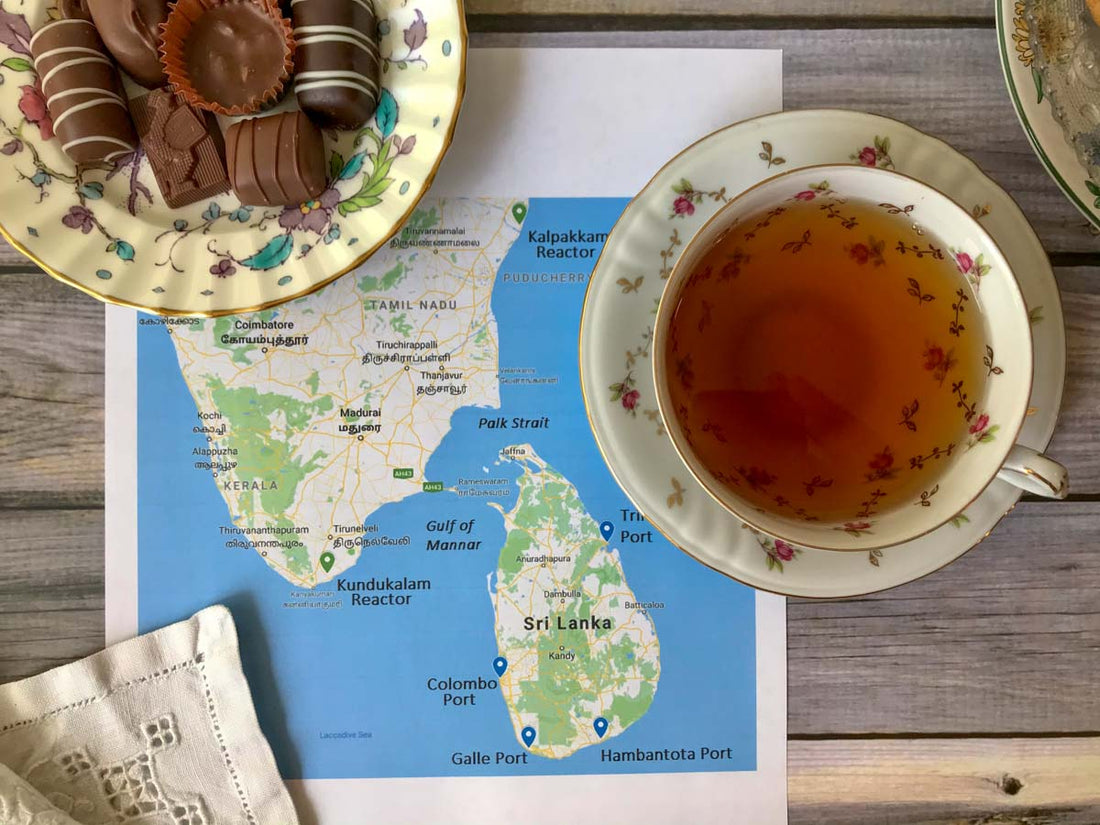
![Summer Iced Tea Variety Pack [6-Pack Variety of Flavors]](http://www.plumdeluxe.com/cdn/shop/files/summervarietypack.png?v=1713833466&width=165)


